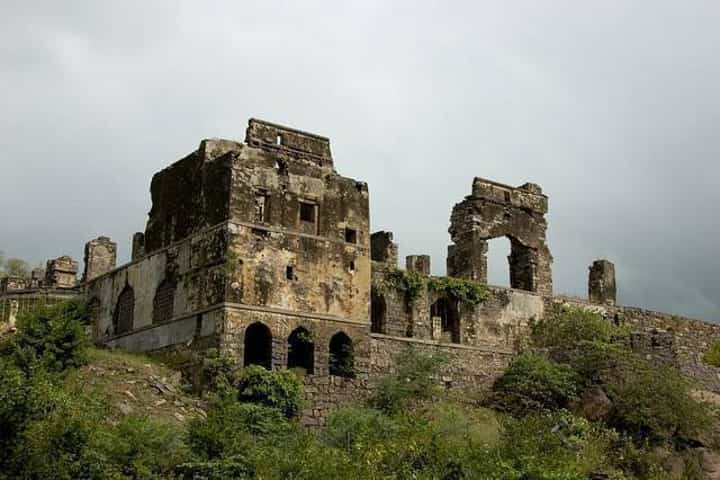The ongoing development work at Andhra Pradesh’s 14th Century Kondaveedu Fort in Palnadu district, has led to the discovery of a Telugu inscription that dates back to the 13th Century. K. Muniratnam, Director Archaeological Survey of India after deciphering the inscription said the characters used in it were from 13th Century and dated to the Plavanga year of Telugu calendar.
The engraving records the construction of kalyana mandapa by Mahamandaleshwar Apratihamalla Kumar Yadav Choda Maharaja belonging to the Kakatiya empire. Following the Reddy kings, Kondaveedu ruled this region.
Kalli Siva Reddy, the convenor of Kondaveedu Fort Development discovered this inscription over the weekend and he informed that it was engraved on one of the two main pillars inside the Yogi Vemana Mandapam. This mandapam has 16 pillars.
Also read: 14th Century Kondaveedu Fort in Andhra Pradesh being turned into first-class tourist destination
Reddy during the measurement of the pillars for repair work came across this inscription which was covered by thick bushes. The pillar on which the engraving was done had been used as a cross beam support between two pillars in Yogi Vemana Mandapam, which interestingly had been constructed in the 16th Century by Muslim rulers.
As per Reddy, the pillar may have been brought to this site for this use from a ruined site somewhere else.
Interestingly, in his book Kondaveeti Samrajya Grantham written in 1905, author Maddulapalli Guru Brahma Sarma, who was a local school teacher mentions about the mandapam.




















